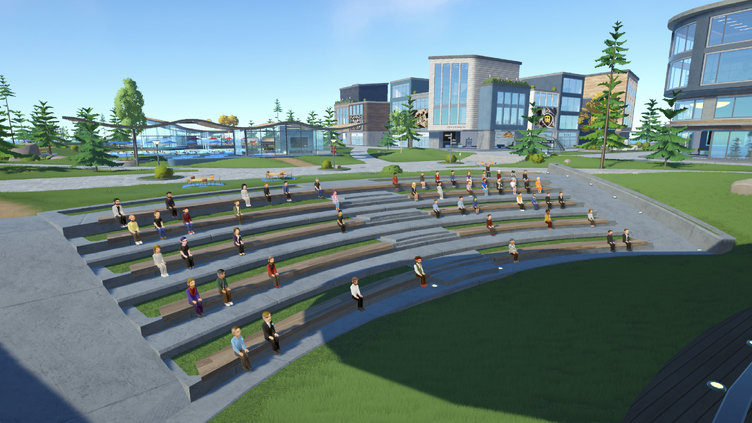As I sit here watching international volleyball matches, I can't help but draw parallels to the beautiful game of soccer here in California. The recent Southeast Asian Games scenario where Cambodia needed to sweep Thailand while the Philippines aimed for a consolation point against Indonesia reminds me of how soccer clubs here operate - every match matters, every point counts, and the competition drives excellence. Having coached and played across California for over fifteen years, I've witnessed firsthand how our state's soccer landscape has evolved into something truly remarkable.
California's soccer scene is as diverse as its population, with clubs ranging from elite academies producing professional players to community-based organizations welcoming absolute beginners. What fascinates me most is how these clubs create ecosystems similar to what we see in international competitions - the strategic planning, the development pathways, and the sheer passion that fuels growth. I've personally trained with several of these clubs throughout my career, and each offers unique approaches to player development that deserve recognition.
Starting with the youth development powerhouses, the LA Galaxy Academy stands out not just for its professional ties but for its comprehensive approach to nurturing talent. Having visited their facilities multiple times, I'm always impressed by their investment in youth development - they've produced over 30 professional players in the past decade alone. Their methodology blends technical training with psychological development in ways I haven't seen elsewhere. Similarly, San Jose Earthquakes' academy system has this incredible focus on tactical awareness that sets their graduates apart. I remember watching their U-17 team execute strategies that would make professional squads proud.
What many don't realize is that California's soccer excellence extends far beyond MLS affiliations. Clubs like Santa Barbara Soccer Club have developed what I consider the most innovative coastal training program in the nation. The ocean air and beach-adjacent facilities create unique conditioning opportunities that I've found tremendously beneficial in my own training regimen. Then there's San Diego Surf Soccer Club, which has perfected the balance between competitive intensity and player enjoyment. Their success metrics show approximately 85% of their advanced players receiving college scholarships - numbers that speak volumes about their development quality.
The Bay Area contributes its own distinctive flavor to California soccer. Mustang Soccer League in Danville operates on a scale that still surprises me - with over 10,000 players across various skill levels, they've created what feels like a soccer ecosystem rather than just a club. Their tournament organization rivals many professional operations I've witnessed internationally. Meanwhile, De Anza Force in Cupertino has this intense focus on technical mastery that produces some of the most technically gifted players I've encountered. Their coaches include former professionals who bring invaluable experience to training sessions.
For adult players, California offers clubs that understand the balance between competition and lifestyle. I've played with several of these clubs throughout different stages of my career, and each provides unique value. Golden State FC in Orange County creates this perfect environment for competitive players who still have day jobs - their training schedules are thoughtful, and the competition level pushes you without overwhelming your life. Los Angeles Soccer Club takes a different approach with their focus on community building alongside soccer development. Their social events and networking opportunities have helped me form connections that extend far beyond the pitch.
What truly sets California apart, in my opinion, is how clubs accommodate specialized needs. Beach soccer clubs in Southern California leverage our natural assets in ways that European clubs can only dream of, while indoor facilities in Sacramento provide year-round training opportunities regardless of weather conditions. Having trained in both environments, I can attest to how each develops different aspects of your game. The beach game improves your balance and technical creativity, while indoor sharpens your reaction time and spatial awareness.
The financial aspect often gets overlooked in discussions about soccer clubs, but California clubs have innovated here too. Many offer sliding scale fees and scholarship programs that make quality training accessible. From my experience consulting with various clubs, I've seen how these financial models enable talent from diverse socioeconomic backgrounds to thrive. Clubs like Pateadores have scholarship programs supporting nearly 25% of their players - numbers that demonstrate genuine commitment to accessibility.
As I reflect on California's soccer landscape, I'm reminded of that intense Southeast Asian volleyball scenario where every match carried significance. Similarly, every club in California contributes to our rich soccer tapestry in meaningful ways. The competition between clubs drives improvement, the variety ensures there's something for everyone, and the overall quality continues rising year after year. Having been part of this ecosystem as player, coach, and fan, I'm confident saying California's soccer clubs rival any development system worldwide. They've created environments where passion meets opportunity, where strategy meets execution, and where every player - regardless of skill level - can find their perfect fit and flourish in this beautiful game we all love.

